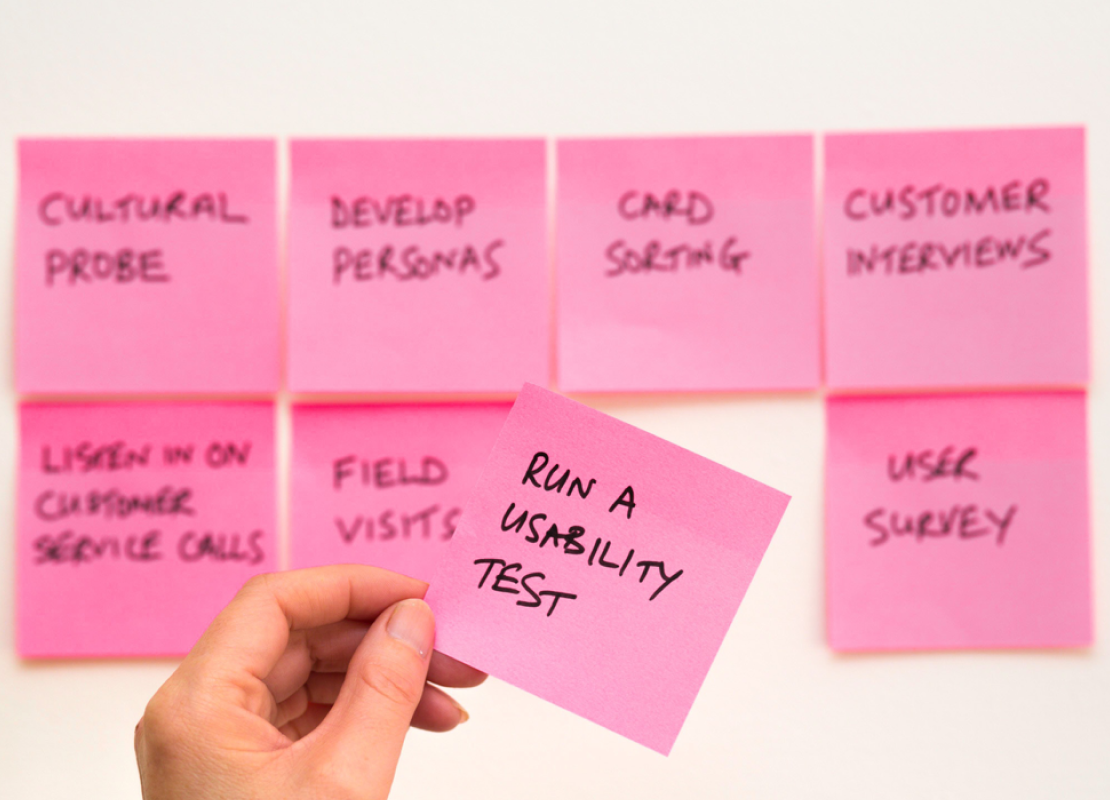Artificial Intelligence (AI) and chatbots have emerged as game-changers in healthcare. AI-powered chatbots offer real-time assistance, answer queries, and streamline administrative tasks. This technology not only improves patient engagement but also enhances operational efficiency within healthcare organizations.
Telehealth has become a cornerstone of modern healthcare. It enables remote consultations, fosters accessibility, and reduces the burden on physical infrastructure. The seamless integration of telehealth services into digital platforms ensures that patients can connect with healthcare professionals from the comfort of their homes, ensuring timely and convenient healthcare delivery.
The focus on mental health has gained prominence, and technology is playing a pivotal role in addressing mental health challenges. Mental Healthtech solutions, ranging from therapy apps to virtual support communities, provide accessible and discreet avenues for individuals seeking mental health support. The empathetic design of these platforms ensures a safe space for users to navigate their mental health journeys.
Wearable devices and self-monitoring apps empower individuals to take charge of their health. From fitness trackers to smartwatches equipped with health sensors, these wearables offer real-time data on vital signs, physical activity, and overall wellness. User-friendly interfaces and actionable insights enable users to make informed decisions about their health and well-being
The amalgamation of these trends in Healthcare UX is reshaping the healthcare industry by fostering a patient-centered approach, promoting preventive healthcare, and enhancing overall efficiency. As technology continues to advance, the possibilities within Healthcare UX are limitless. Personalized healthcare experiences, predictive analytics, and augmented reality applications are on the horizon, promising a future where healthcare is not only efficient but also deeply human-centric.
In conclusion, the evolution of Healthcare UX is pivotal in creating a healthcare ecosystem that is accessible, efficient, and tailored to individual needs. Embracing these trends is not just a step towards the future; it's a leap into a new era of healthcare—one that is driven by innovation, compassion, and the relentless pursuit of a healthier world.

